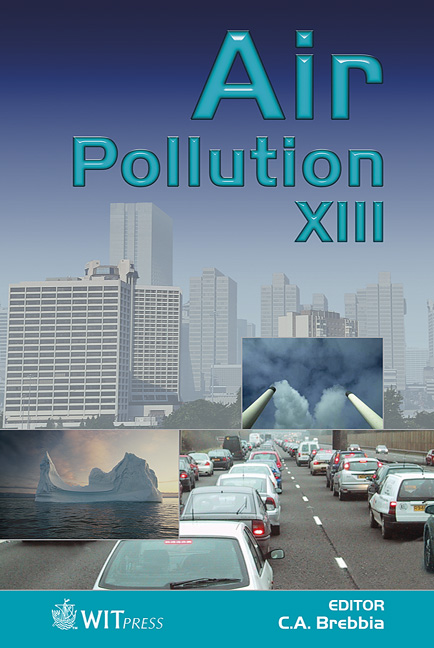ISHTAR Project: Building An Advanced Decision Support Tool For Improving Urban Sustainability
Price
Free (open access)
Transaction
Volume
82
Pages
9
Published
2005
Size
1,058 kb
Paper DOI
10.2495/AIR050231
Copyright
WIT Press
Author(s)
A. Agostini, E. Negrenti & M. Lelli
Abstract
The aim of the ISHTAR Project [1] is to build an advanced software suite for the analysis of the effects of measures implemented in time scales ranging from a few hours to one year to improve the quality of the environment, citizens’ health and conservation of monuments. The suite will include both existing and newly developed models, covering the areas of citizens’ behaviour in terms of movements, urban transport, vehicle emissions of noise and pollutants, accident occurrence, pollutants dispersion, noise propagation, population exposure and health risk assessment, monuments degradation, cost benefit and multicriteria analysis. These tools will be integrated with the use of a GIS and user-friendly interface software. The models suite will be an innovative tool for advanced urban management and will allow the integrated analysis of the various environmental effects of technical and non-technical measures. This will represent an attractive alternative to the usual separated analysis of the effects of such measures on the various elements of the urban environment. 1 Introduction Cities face common challenges concerning their quality of life: degradation of the urban environment, significant risks for citizens health, traffic congestion causing stress and economic inefficiency, progressive damage to the artistic and monumental heritage. Integrated urban planning can be a solution to this complex, multidisciplinary problem often implying contrasting interests. The lack of integrated planning tools - that allow local stakeholders to make balanced decisions on a wide range of issues – can limit the practicality of such integrated approach. Within this frame the European Commission has co-funded (under the
Keywords





